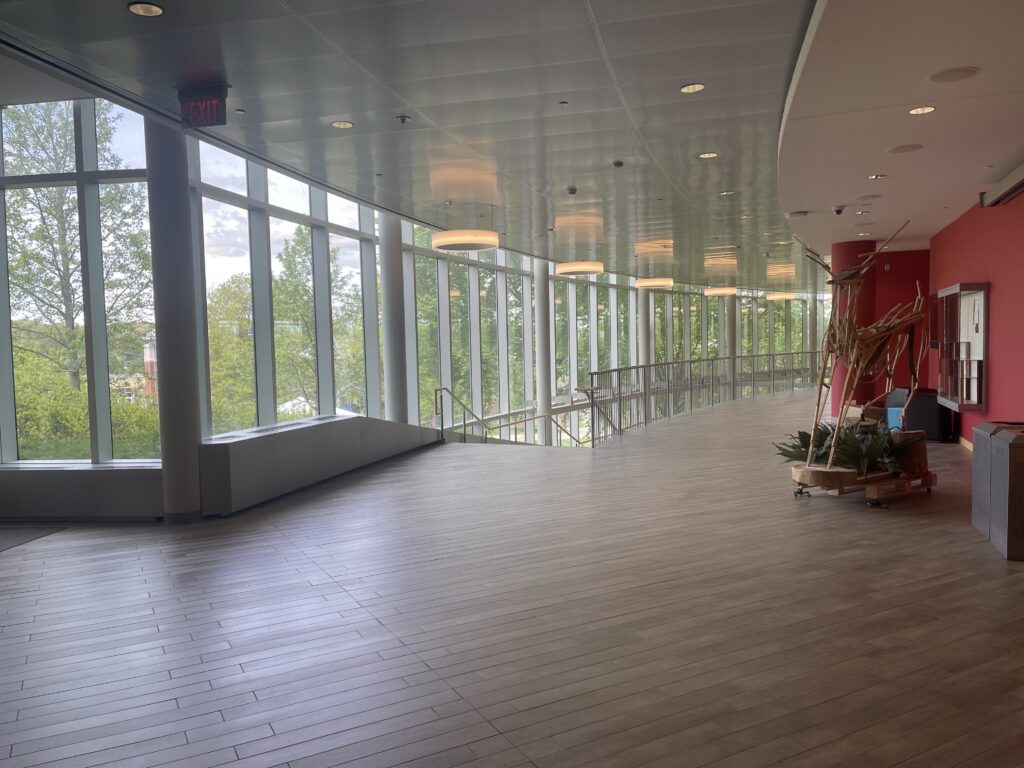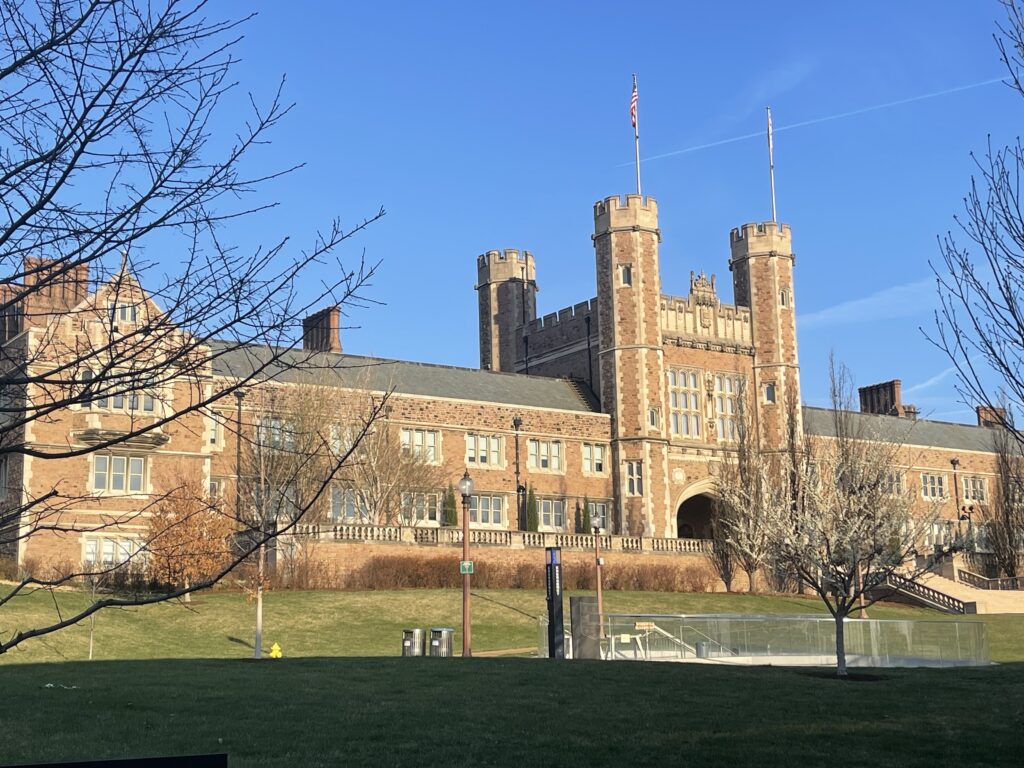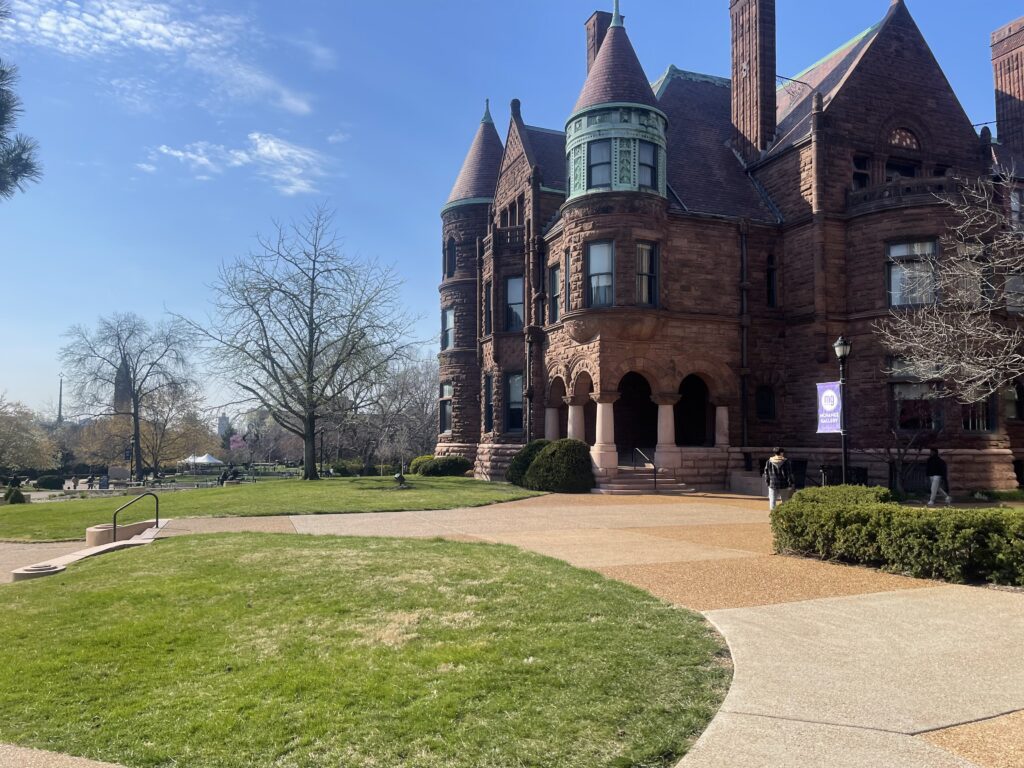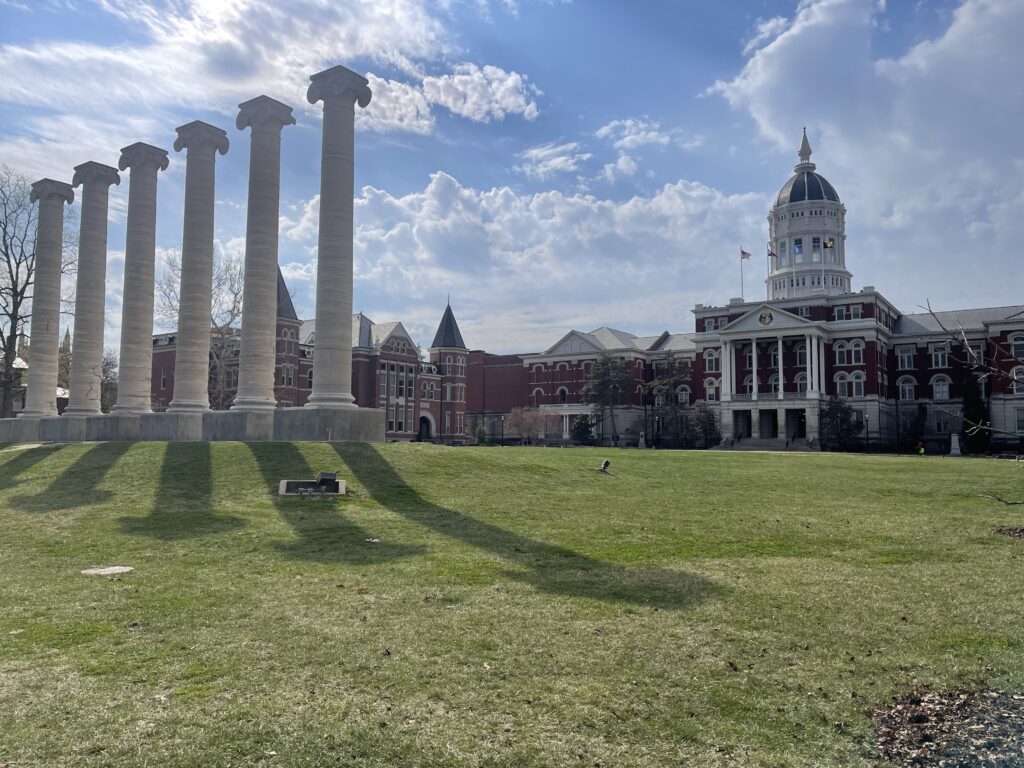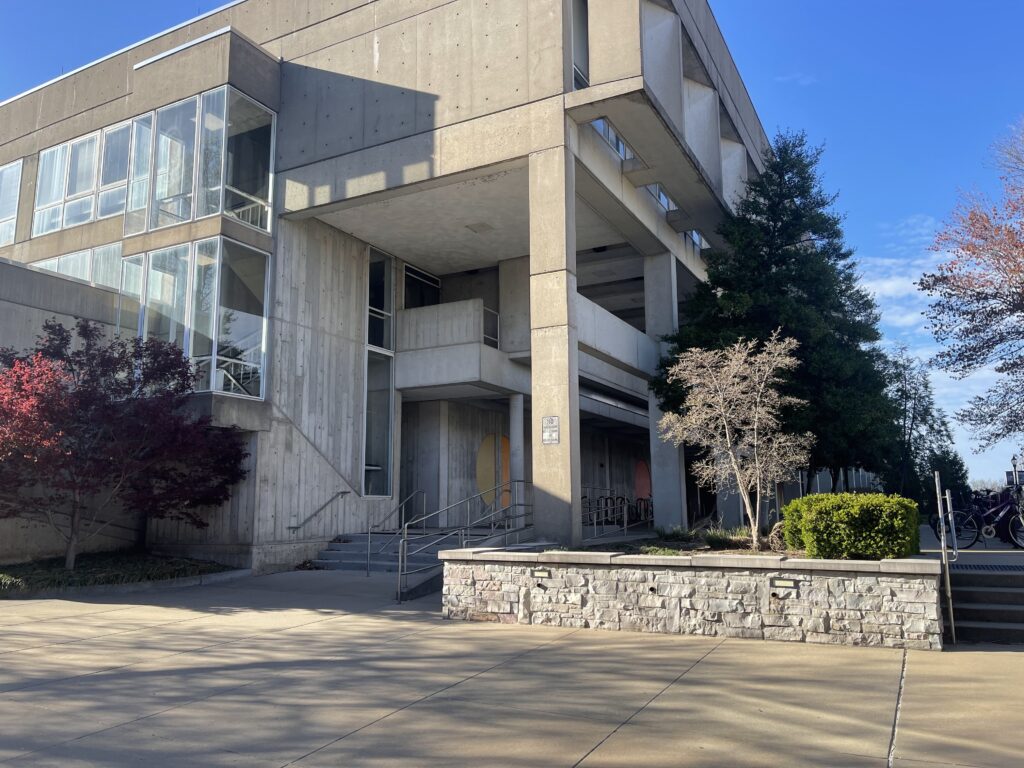I recently visited Eastern Connecticut State University in Windham, Connecticut, where I toured campus and spoke with the admissions office about the latest trends in admissions. Here are some takeaways from my visit:
· Eastern Connecticut State University belongs to a rare breed of institutions: public liberal arts colleges. With 3,300 undergraduates and almost no graduate students, ECSU is also slightly larger than the typical liberal arts college, joining a small class of schools like Wesleyan and Colgate. Robust investment in undergraduate education and a sleek residential campus help define the undergraduate experience.
· The average class size is 21, with a cap of 40 and many courses closer to 10-15 students. Courses are discussion based and focus on active learning rather than lecturing. There are ample undergraduate research opportunities and extensive faculty mentoring.
· The curriculum emphasizes the liberal arts, writing, collaborative projects and service-/community-based learning. The largest majors are psychology and business. All psychology students complete an individual research project while receiving structured, one-on-one support from departmental faculty, with many students presenting their research at the New England Psychological Association. Students can also take advantage of an annual global field course.
· Some majors require internships, and both the career center and faculty help students secure them. Career education is also built into the curriculum.
· 85% of freshmen live on campus, and only 35% of students commute. Each residence hall is equipped with a gym. Given the quiet, small-town location (cows abound), students take part in the many campus activities run by student organizations, cheer on ECSU teams at D3 athletic events and take advantage of local movie theaters and parks. There is no Greek life.
· Out-of-state students enjoy nearly identical tuition to in-state students, and students admitted to the honors program receive a scholarship for full tuition and fees, along with access to an honors living learning community, colloquia and directed research courses.
